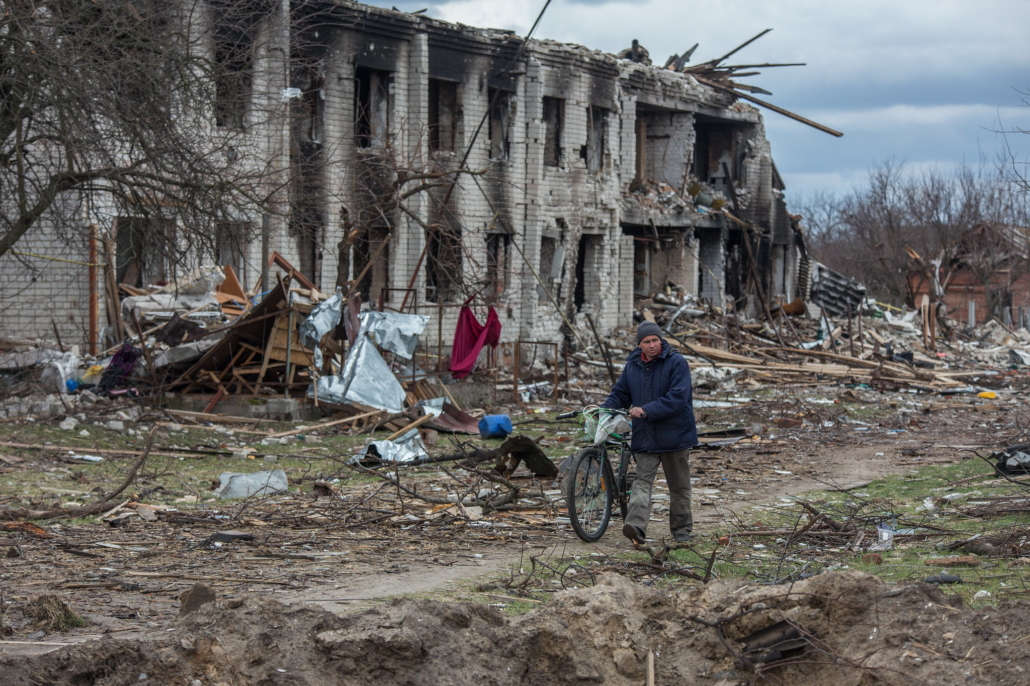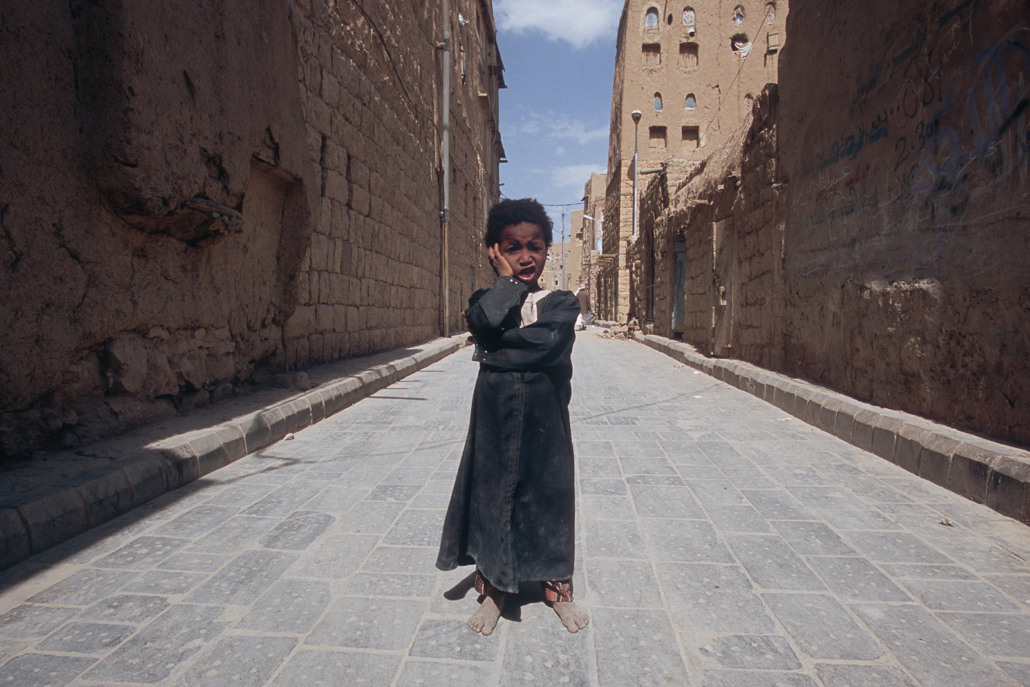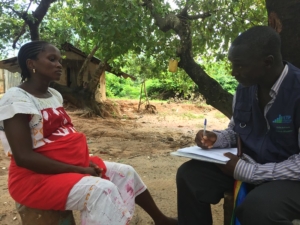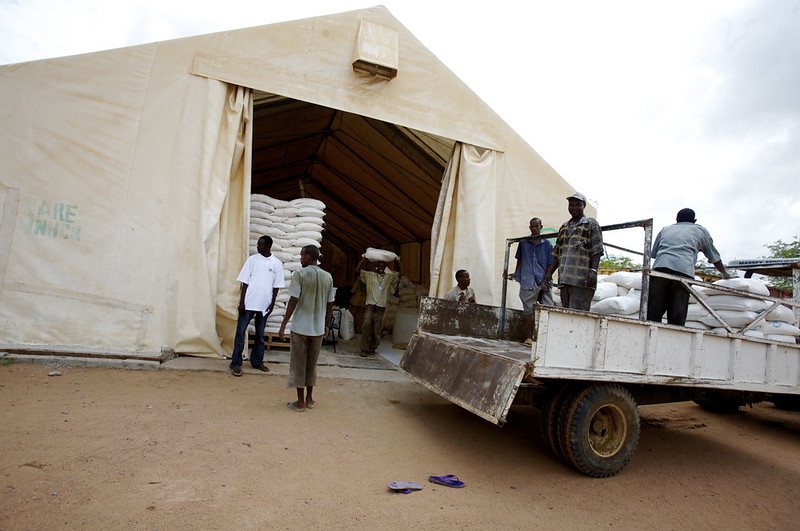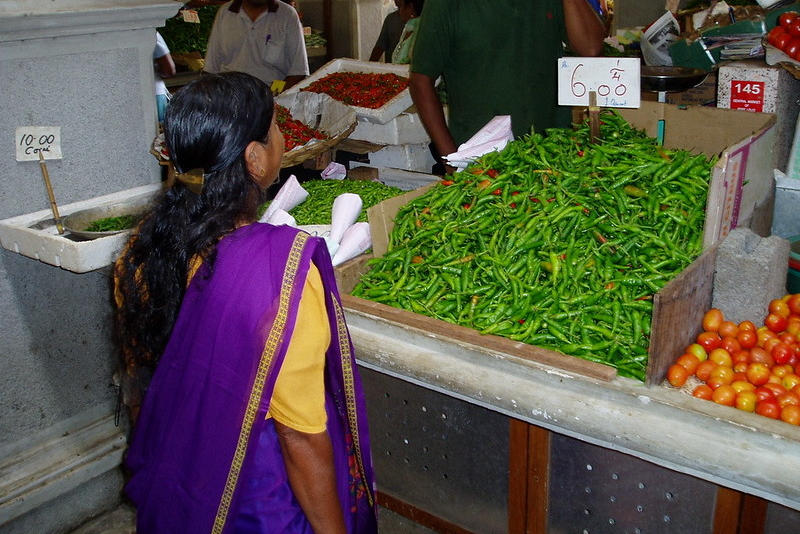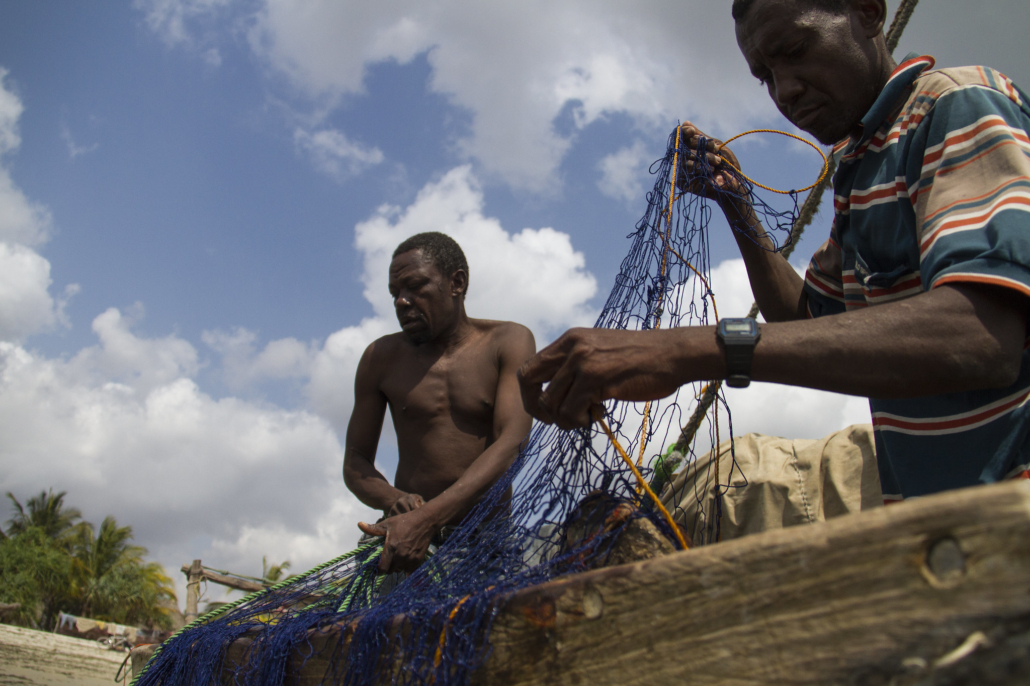
The “blue economy” refers to the management of our oceans, blue resources and sectors. The blue economy seeks to promote well-being and social equity, helping to alleviate poverty by promoting and regulating the sector in a sustainable manner. Leveraging the blue economy in Tanzania will increase food security and employment — particularly for the youth and women, helping contribute to economic growth in a sustainable manner and improving the livelihoods of the people who live in the country. With the blue economy contributing to 60% of the gross domestic product in Zanzibar, Tanzania’s capital, alone employing 33% of Zanzibar’s population, it shows the importance of developing the blue economy for Tanzanians and the government.
Blue Economy Increases Employment Opportunities
One of the main ways leveraging the blue economy in Tanzania alleviates poverty is by tackling the country’s unemployment rates through job creation in the blue economy. As of 2022, unemployment rates were at 2.76% with youth unemployment rates at 4.26%.
Therefore, in 2023, the African Development Bank Group (ADB) launched a $54 million initiative backed by the Government of Tanzania to drive job creation for youth in Zanzibar’s blue economy. The ADB set up a “Skills Development for Youth Employability in blue economy Project,” to help young Tanzanians find well-paying jobs in the blue economy. These are around the ocean and ocean-based activities include tourism, the maritime economy and the oil and gas industries. The most important industry targeted is the tourist sector as according to ADB it “contributes more than 29% of Zanzibar’s gross domestic product and employs about 33% of its workforce.”
This project aims to help 43,000 young Tanzanians, 40% of them being females and prepare 1,500 of them to become entrepreneurs and start their businesses improving their livelihoods and subsequently creating a positive feedback loop to “spur the creation of new jobs,” according to ADB.
Blue Economy Helps Local Communities
The United Nations Development Programme (UNDP) 2023 has collaborated with the Ministry of Blue Economy and Fisheries to develop a strategic plan to implement the blue economy in Zanzibar. To improve the livelihoods of coastal communities by growing economies thereby “creating jobs, improving food security, and reducing poverty, inequality and gender disparities.”
The upcoming initiatives will focus on sustainable habitat management, ecotourism and marine spatial planning, and through collaborative efforts with the UNDP, “Revolutionary Government of Zanzibar, Development Partners, Civil Society Organizations and the private sector,” it is hoped that the initiative will support Tanzania’s most marginalized members of society along with women and children to build a more resilient future. Sustainable habitat management will play a multi-purpose role in areas like marine protected areas and areas of coral reef restoration by helping support biodiversity and providing opportunities for eco-tourism which can generate income for local communities, creating a sustainable approach to prosperity.
Leveraging the blue economy in Tanzania to alleviate poverty is important as it helps locals increase their income due to higher paying jobs promoted by the blue economy allowing them to help their families break out of cyclical poverty and create intergenerational wealth. Furthermore, it also creates a stronger and more resilient economy, which will help benefit people and sectors that aren’t a part of the blue economy, improving livelihoods for all.
– Kishan Patel
Photo: Flickr
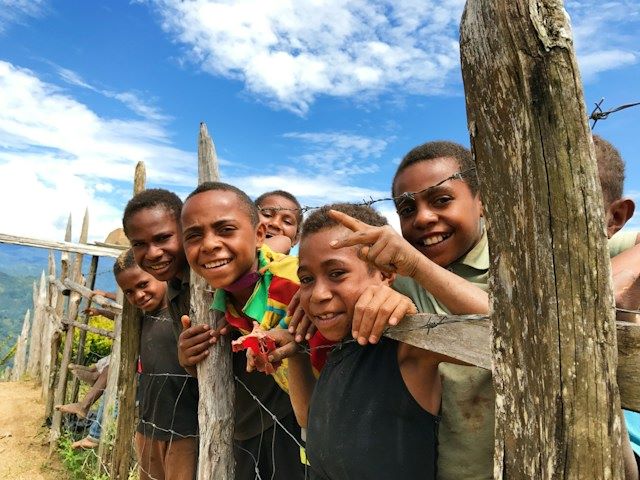 Guinea Bissau is a country located on the west coast of the African continent. Despite having a rich culture and strong natural resources, it is one of the
Guinea Bissau is a country located on the west coast of the African continent. Despite having a rich culture and strong natural resources, it is one of the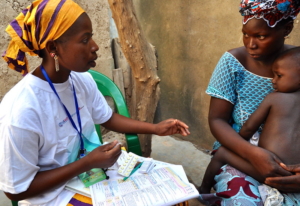
 Founded in 1961,
Founded in 1961, 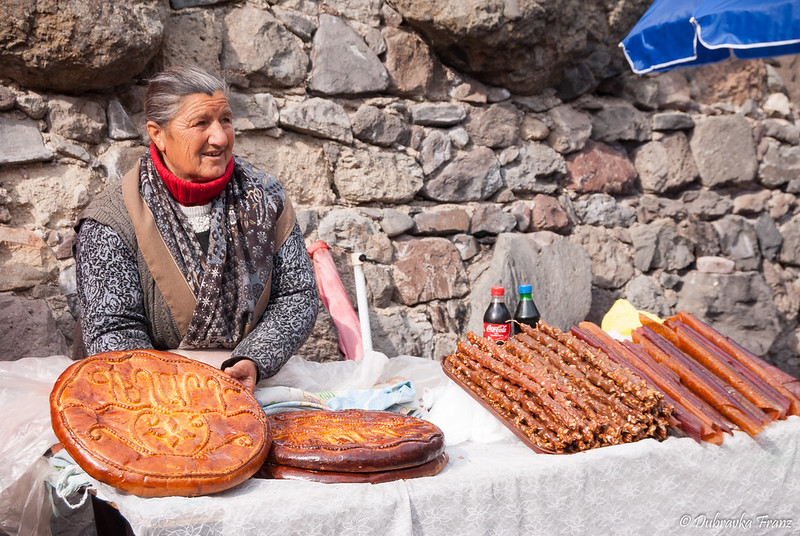 Armenia, a small country located between Europe and Asia, has
Armenia, a small country located between Europe and Asia, has 